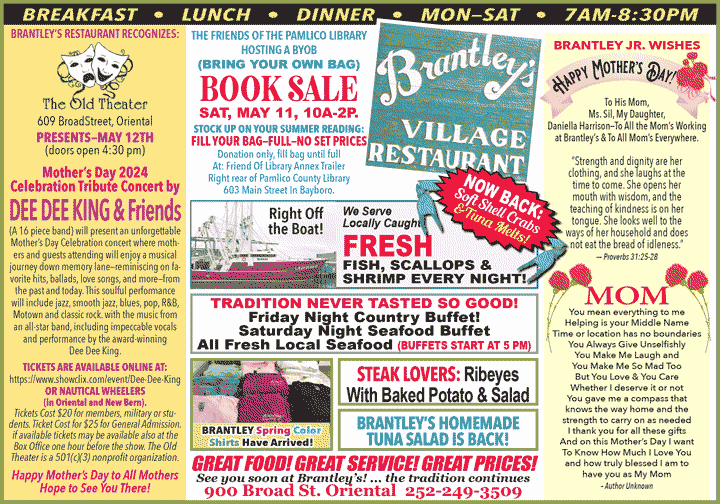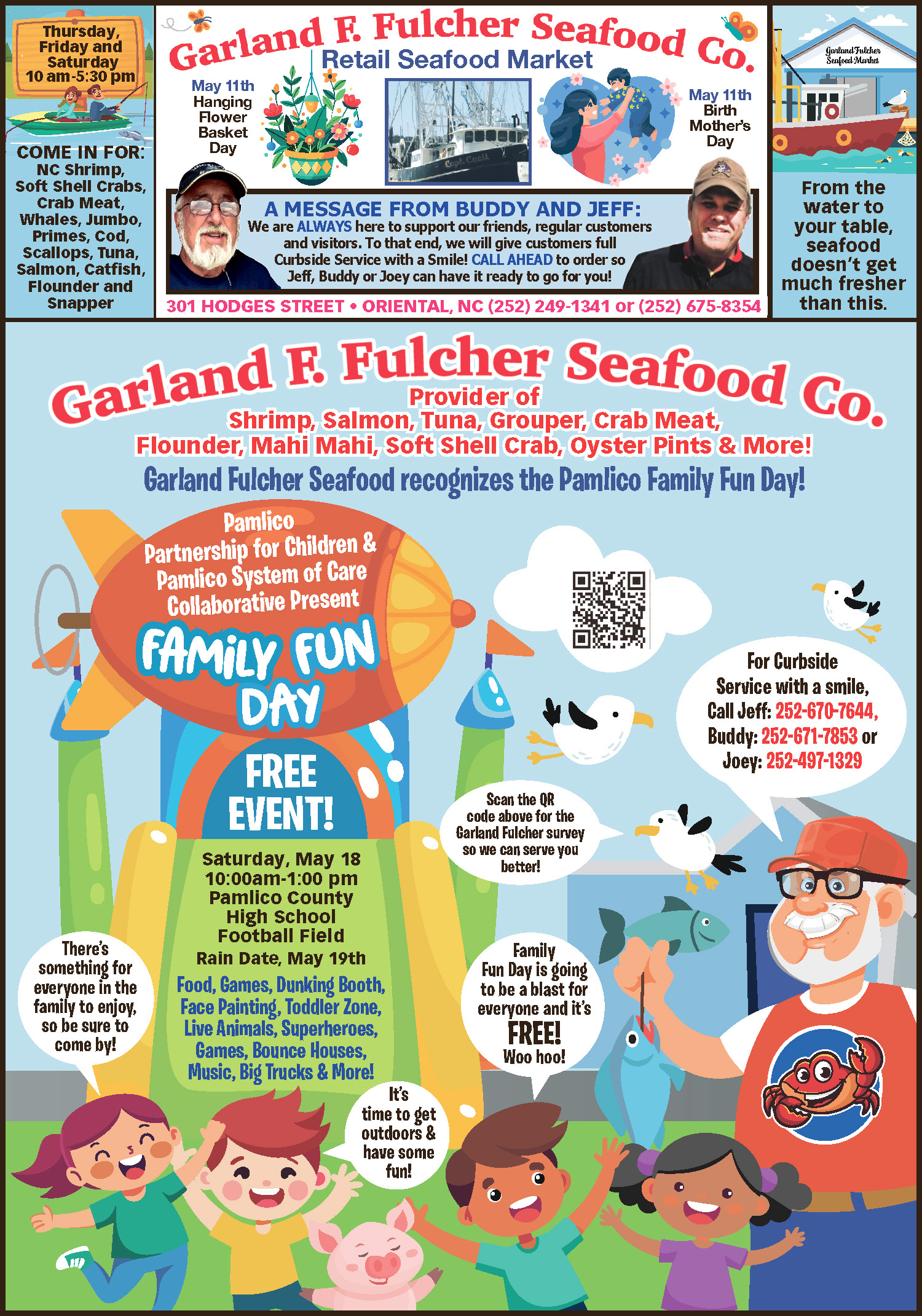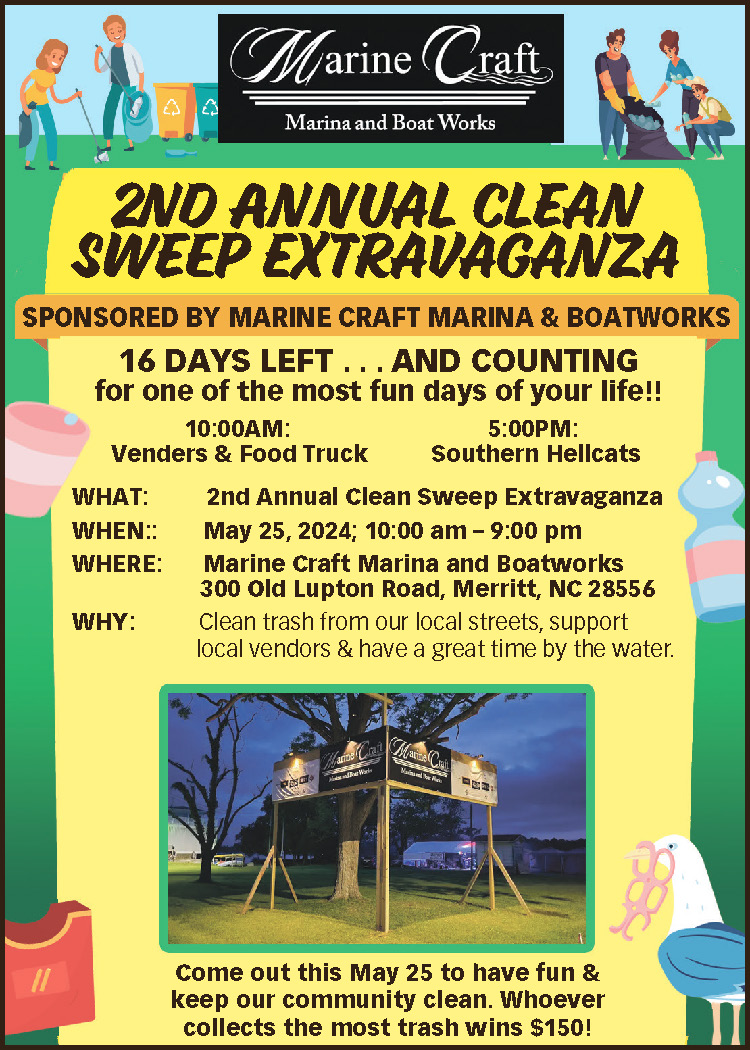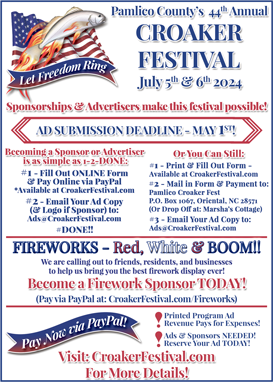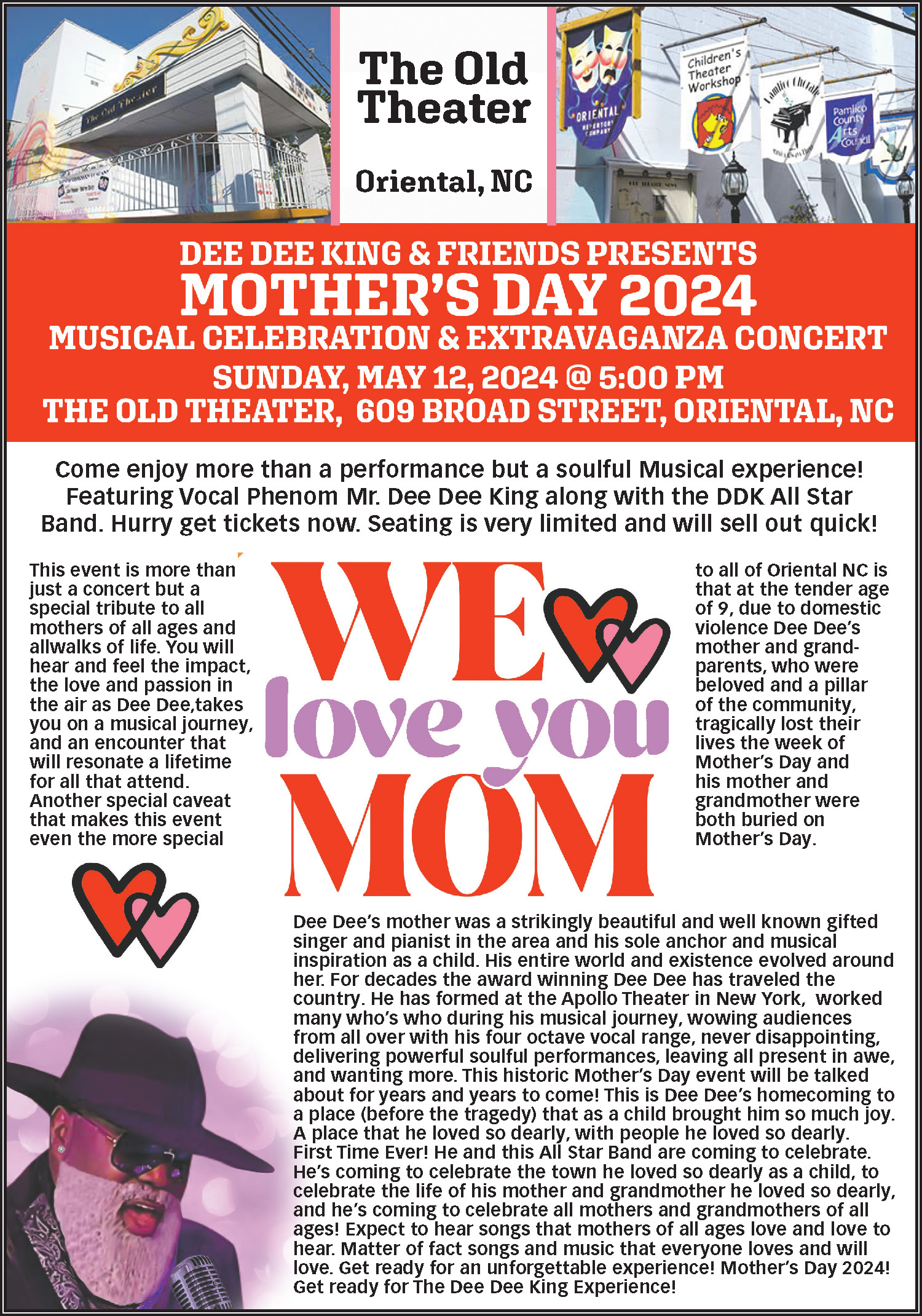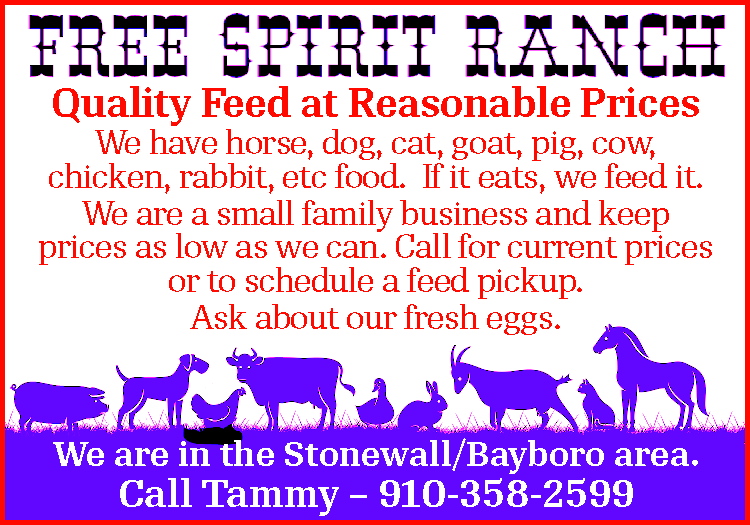‘Drafting’ behind 18-wheelers helps, but kind of risky!
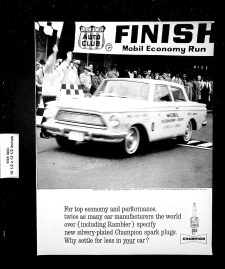
Last week we discussed vehicle tips to help increase your gas mileage. Now that your vehicle’s shortcomings have been examined, let’s talk about driving tips to save fuel.
From 1936 to 1968 (excluding the WWII years) Mobil Gas Company sponsored an Economy Run. Cars and vehicles of all types started in California and drove to New York City. The winner was the vehicle that got the best gas mileage. Remember in those days, cars got about eight to ten miles to the gallon. Of course, gasoline cost only 18 to 22 cents per gallon back then! The total distance was measured by driving the whole route in the right lane. The miles per gallon was calculated by dividing the “official” miles by the total amount of fuel used for the trip. The winner one year was a vehicle with a single cylinder engine that got an amazing 169 miles per gallon!
Tricks used by the drivers in the Mobile Gas Economy Run included taking the inside track through turns, coasting down hills with the engine off, using aerodynamic bodies on the vehicles, drafting other vehicles, using really skinny tires, and having carburetor mixture controls to adjust for altitude. Fuel injection automatically adjusts for altitude changes, but it was exceedingly rare in those days.
Your goal now is to drive from Point A to Point B with the least amount of gas consumed. This allows you to save as much money as possible. To reach this goal, follow the old Mobil Gas Economy Run procedure whenever you can. Whatever you do, don’t let your vehicle sit with the engine running!
Remember, the shortest distance between two points is a straight line. Drive the straightest lines when possible. Avoid any turning of the steering wheel when going straight because it increases gas burn. Traveling a familiar route will help in knowing information you will find critical to achieving the best gas mileage. Use GPS or MapQuest to find routes and estimated travel times. A slightly longer route with fewer stops might improve gas mileage. Smartphones with traffic congestion information are a real boon since moving along, even if slowly, beats sitting in a traffic jam with the engine running and going nowhere, which ruins gas mileage.
Plan your route to travel on the flat. Avoid going up hills if at all possible, and choose the lowest one if you must go uphill. Coast down as many hills as possible. Of course, coasting down steepish hills won’t work in flat, coastal areas.,
Don’t make abrupt turns, starts or stops. They are fuel mileage killers. DO NOT STOP if at all possible. If the traffic light is yellow or red less than a quarter mile ahead, take your foot off the gas to slow down to avoid having to stop completely. Starting from a full stop takes more gas than slowing as you approach a red traffic light and accelerating again when it turns green.
Avoid waiting for a traffic light with your engine running if at all possible. You burn gas while the engine idles. If the traffic light will be red for at least 15 seconds with current model vehicles, or 35 seconds on 1990s or earlier cars, shift to neutral and shut the engine off. If your vehicle has auto shutoff and auto restart, this feature saves gas. New vehicles with auto-start and stop prove that fuel savings start at around 5 seconds from the time the engine is shut off.
Get familiar with the traffic lights along your route to work and shopping locations. Watch the cross walk signals. They tell you how much time you have before the light turns red. Signals without the digital time will usually give you between 12 and 20 flashes of the red hand.
This is where familiarity with your driving route will pay huge dividends. Make your trip with as many right turns as possible. Roads are engineered so that they “crown” at the center line to control water drainage. If you make a left turn, your vehicle must use more gasoline to climb across the crown, than if you stay in the right lane or make a right turn on the downslope. If you must make a left turn at some point or another further down the street, try to make the turn wherever traffic allows you to turn without stopping if possible.
Stay to the right for a road curving to the right and stay to the left for roads that curve to the left. Staying in the left lane except to pass is illegal in North Carolina. Look ahead a half mile to gauge where to change lanes.
Keep your windows rolled up and use air conditioning. However keeping your windows open just a crack when you start out to let the hot air escape from the vehicle’s interior will shorten the time the air conditioner must run to cool the interior.
Drive using cruise control to maintain your speed. I know this can be a scary thing, however with practice, you will feel comfortable using it. Your vehicle has to be going about 25 mph for cruise control to kick in. There is a trade-off between the time it takes to accelerate to cruise speed and the gallons of gas used to do it versus a longer time to reach cruising speed with lesser fuel burn/minute, but many more minutes. Using cruise control does a better job maintaining speed than most drivers can obtain. Around 45 mph is the sweet spot for many vehicles. Above that speed, wind resistance increases gasoline burn.
When wind is blowing from 60 degrees on either side of the rear of the vehicle, you get a boost in mileage. This allows you to back off on the gas and let the wind push you along. Any winds outside of the 120 degree zone on the rear of the vehicle act as head winds to the vehicle.
Many late model cars and trucks have a digital fuel display which shows instantaneous miles per gallon, miles per gallon averaged over the last 50 miles, and the best fuel mileage that has been obtained. You may want to watch the instantaneous mileage as you make turns and accelerate from a full stop to cruising speed. A per gallon reading of just four miles is UPSETTING !!! The data is very interesting! Driving my wife’s Chevy Equinox back from Selma, NC in April, I was able to get 47.5 mpg for 50 miles of that trip paying attention to the digital fuel display, when we normally get 32.3 mpg in regular local traffic!
Related posts:

Gordon is a frequent contributor to The County Compass



